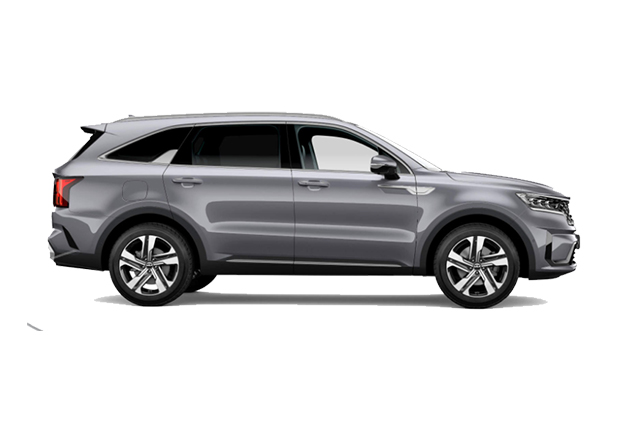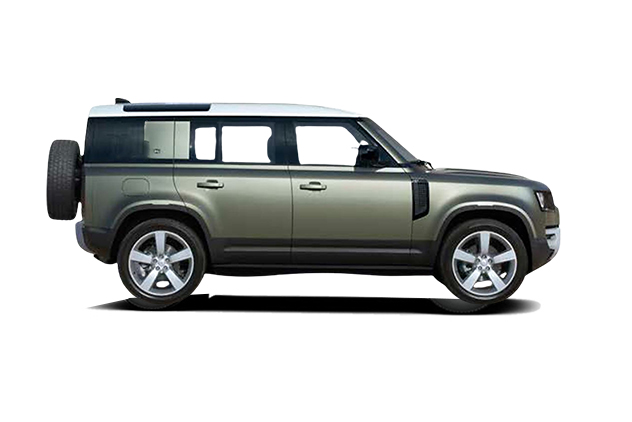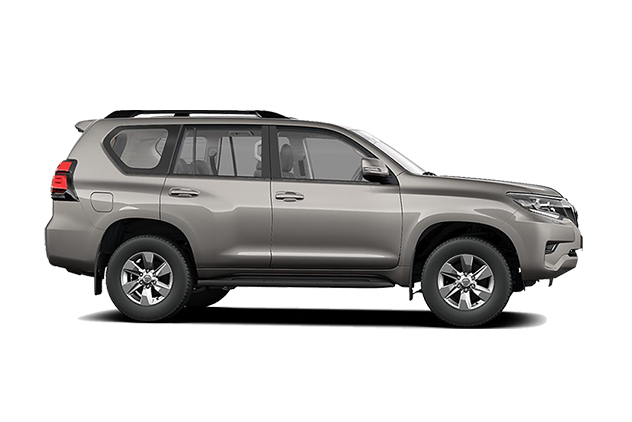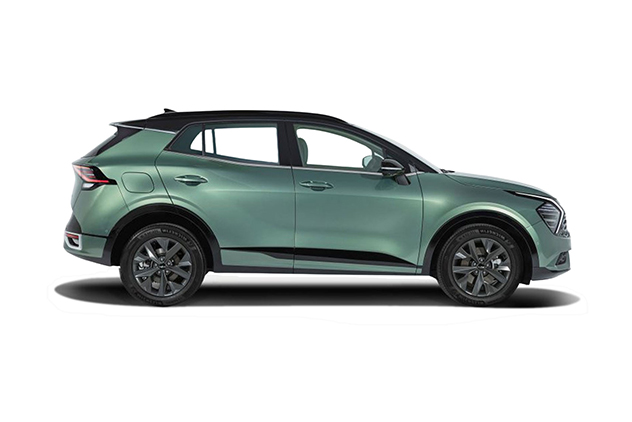In this guide, we’ll take you through a month-by-month analysis of the best times to visit Iceland, highlighting weather conditions, daylight hours, activities, and cultural events throughout the year.
If you’re planning a trip to Iceland, you want to ensure you visit at the right time of year in order to maximize your experience and visit all the attractions that you’re interested in.
Each season brings with it different things to do in Iceland, and every month, you’ll find unique attractions and events to enjoy.
The best time to visit Iceland will vary based on individual preferences, but it’s helpful to understand what the country has to offer during each month so you can build your ultimate Iceland itinerary accordingly.
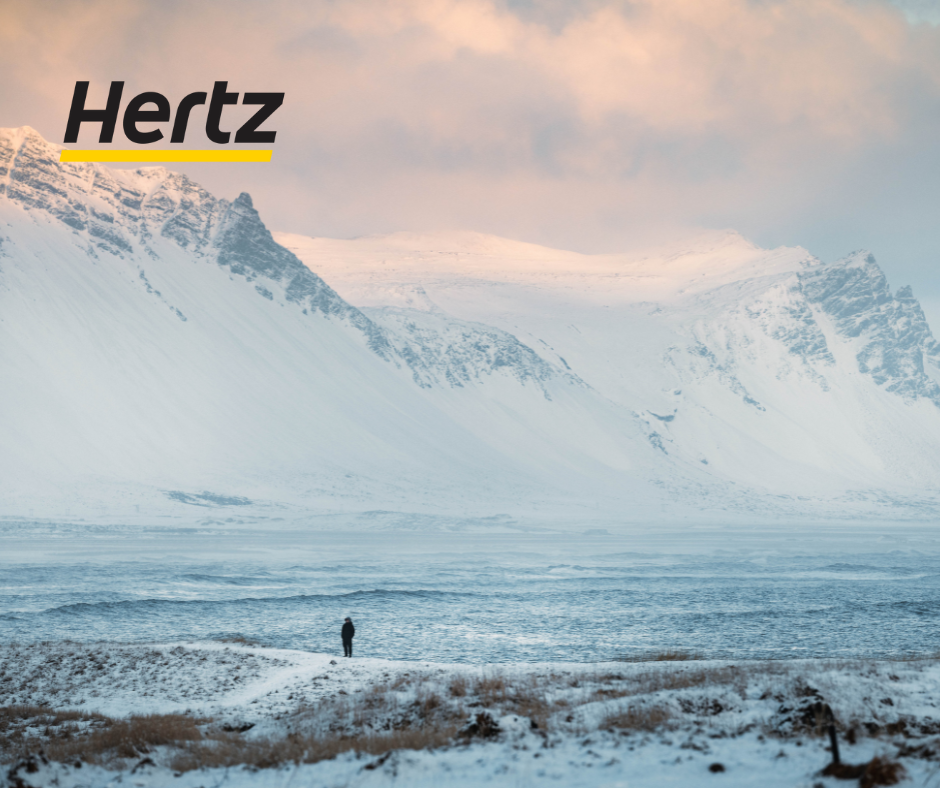
Best Time to Visit Iceland Overall: Summer (June to August)
Summer in Iceland, from June to August, is often considered the best time to visit due to its extended daylight hours and milder temperatures. The country is at its most accessible, offering favorable conditions for exploring Iceland. It’s the opportune time to experience the phenomenon of the Iceland midnight sun, allowing for longer periods of sightseeing and outdoor activities. Additionally, summer boasts Iceland’s warmest temperatures, making hiking, glacier exploration, and waterfall chasing considerably more comfortable.
However, it’s important to note that summer may not be ideal for those seeking a classic Icelandic winter landscape. As snow cover is significantly reduced during the summer, the snow-capped peaks often associated with Iceland will be less prominent. Certain activities, like glacier blue ice caving and seeing the Northern light, will also be unavailable in the summer.

January in Iceland: Best Time to Celebrate New Year’s + See Northern Lights
January in Iceland is a winter wonderland with average temperatures ranging from -2°C (28°F) to 3°C (37°F). Daylight hours are scarce, averaging around only 4-5 hours per day. This extended darkness, however, creates the perfect conditions for witnessing the mesmerizing northern lights in Iceland.
Activities in January revolve around embracing the snow and ice. Popular options include joining northern lights tours, exploring geothermal pools and Iceland hot springs, or embarking on snowmobiling or ice cave adventures. While cultural festivals are less frequent than summer, Reykjavik usually throws lively New Year’s Eve celebrations, making it a unique way to ring in the new year. Þorrablót also begins in mid-January, which is a traditional Icelandic midwinter festival.
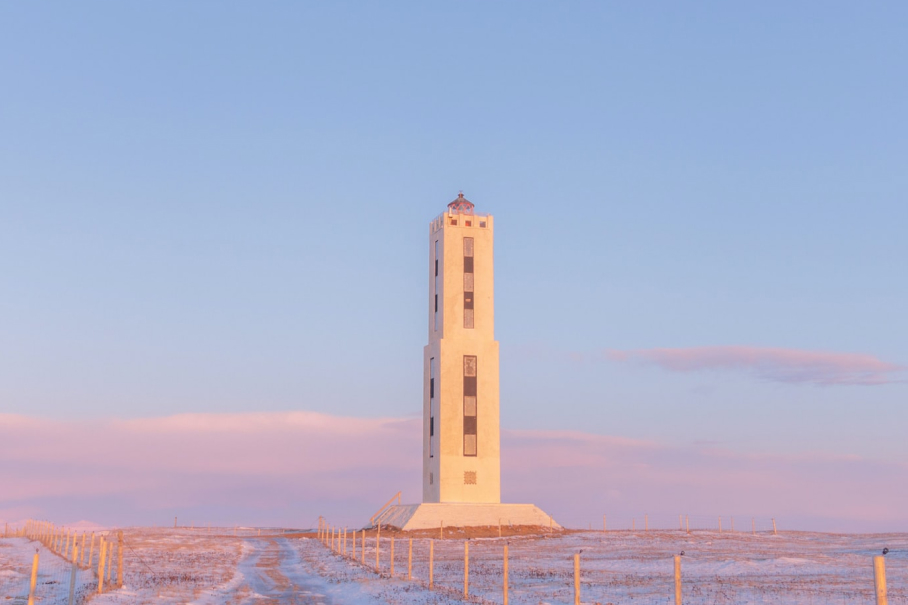
February in Iceland: Ideal for Winter Activities and Northern Lights
February in Iceland continues to deliver a winter experience with snowy weather and crisp air, with average temperatures ranging from -2°C (28°F) to 4°C (39°F). Daylight is around 5-6 hours, but similar to January. this extended darkness is ideal for witnessing the northern lights. The holiday crowds that come in early January taper off, meaning February is quieter, providing a more tranquil experience.
February presents a range of winter adventures, including guided hikes that allow visitors to explore Iceland glaciers firsthand. The vibrant blue colors of glacial formations within ice caves are at their peak in February, and vast snowfields become playgrounds for snowmobiling and snowshoeing adventures. After a day of chilly exploration, hot springs offer the perfect opportunity to unwind and soak in the warmth.
The Winter Lights Festival is held in Reykjavik every February during the first week of the month, which celebrates light to contrast the darkness in the middle of winter. Þorrablot is also still taking place until about the middle of the month, so visitors can still enjoy a lot of traditional Icelandic food and events around the country.
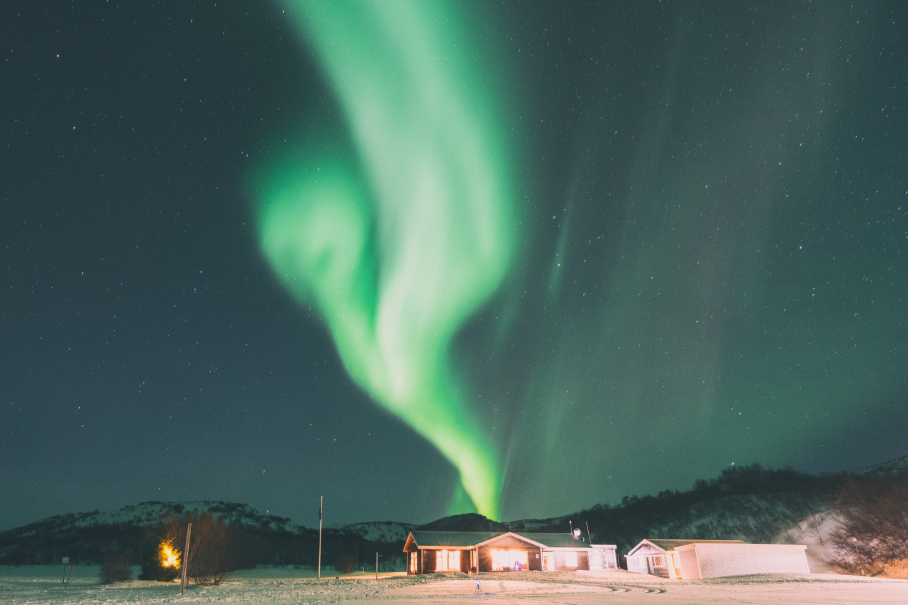
March in Iceland: Best Time for Saving Some Travel Budget + See Northern Lights
March in Iceland offers budget-friendly travel options while still providing opportunities to witness the northern lights. This month brings a welcome shift towards spring, but winter’s grip hasn’t fully loosened.
Expect chills to still linger with average temperatures ranging from -1°C (30°F) to 4°C (39°F). Daylight hours begin to lengthen, reaching around 7-8 per day. Even with the extended daylight, there are still enough hours of darkness for visitors to see the northern lights.
Activities in March often combine winter adventures with the beginnings of spring exploration, like glacier hiking and early birdwatching. If the weather permits, you may still be able to do blue ice caving, and you can also go horseback riding on the iconic Icelandic horse. As the country stirs awake from the winter, you can enjoy the Food and Fun Festival, or the weekend-long Músíktilraunir music competition.

April in Iceland: Best Time for Longer Exploring Time in Iceland + Last Possible Month to See Northern Lights
April in Iceland is the first official month of full spring. Average temperatures rise to a range of 2°C (36°F) to 7°C (45°F), with the possibility of rain or sleet showers. Daylight hours significantly increase, reaching a comfortable 9-12 hours per day. Activities like hiking, sightseeing, and wildlife watching become more enjoyable, and as bird species return to Iceland, you have a better chance of spotting the country’s unique wildlife.
April is a lull before the storm of festivals that erupt in the summer months. However, it falls within the shoulder season, a period known for potentially lower travel costs compared to peak summer. This can be an ideal time to visit for those seeking a balance between affordability and extended daylight hours for exploration.
There is also the AK Extreme snowboarding and music festival, which takes place in Akureyri in North Iceland on the first weekend of April, and the Reykjavík Children’s Culture Festival towards the end of the month.
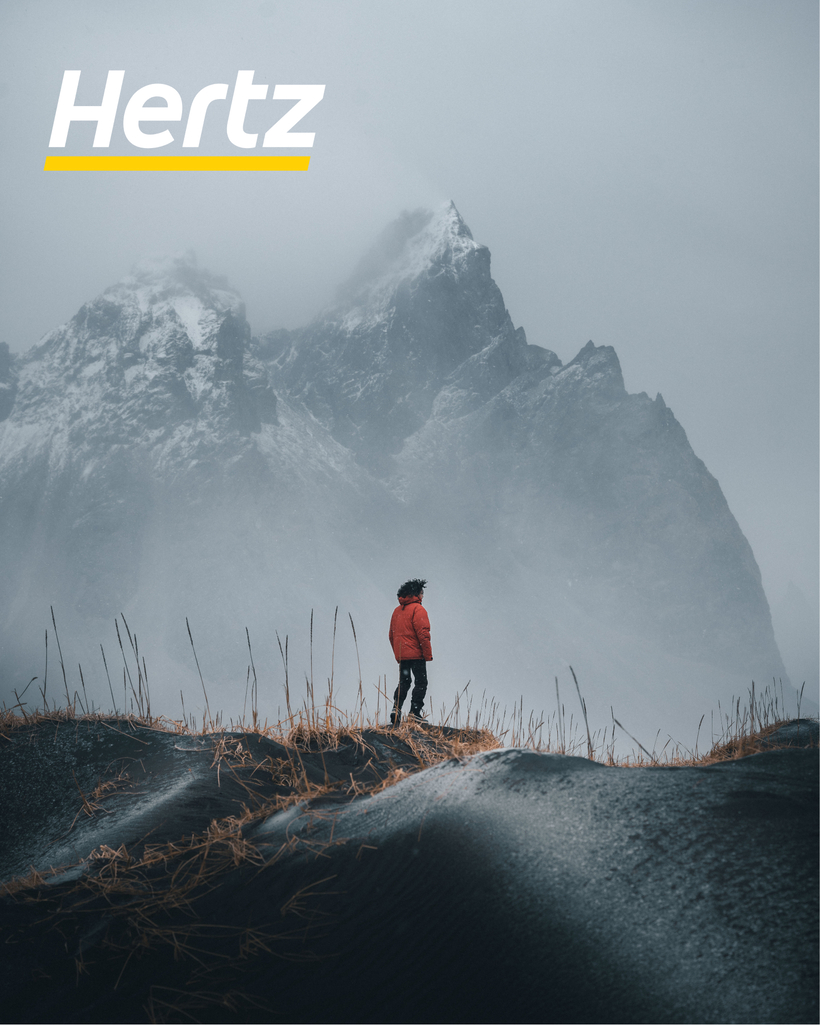
May in Iceland: Best Time Before the Prices Rise Up! Also See the Puffins
May in Iceland offers a sweet spot between winter’s chill and summer’s peak. Considered shoulder season, it boasts several advantages for visitors. The weather in May sees average temperatures ranging between 2°C (36°F) and 7°C (45°F).
While rain or sleet showers are a possibility, you won’t have to worry about unexpected snow storms that could derail your itinerary. Daylight hours are similar to April, sitting around 9-12 hours per day.
Another perk of visiting in May is the potential for fewer crowds compared to the peak summer months. This can be particularly appealing to travelers who prefer a less congested experience and the opportunity to truly immerse themselves in the Icelandic landscape. A major draw for many visitors is that Iceland puffins return in May to breed and nest.
This is the prime time for travelers to witness these adorable seabirds on the dramatic Icelandic cliffs. May features Ascension Day, a public holiday celebrated with family gatherings and outdoor activities, along with International Day of the Icelandic Horse on May 1.
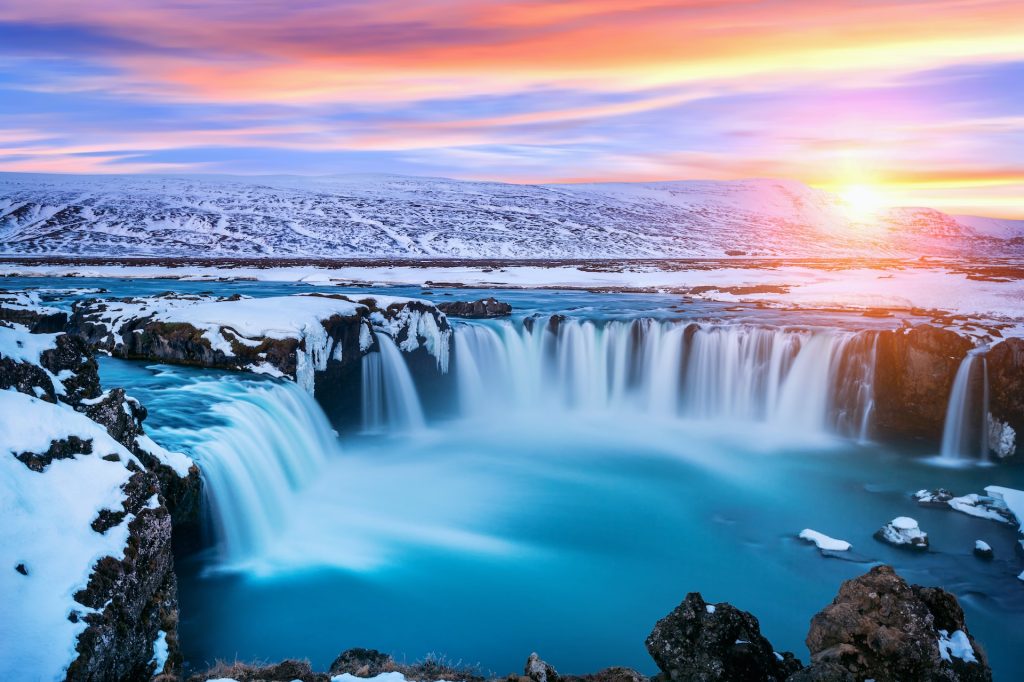
June in Iceland: Best Time to See the Midnight Sun + Enjoy Many Outdoor Activities
Iceland in June is substantially warmer than May, with average temperatures ranging from 9°C (48°F) to 15°C (59°F). But still, you’ll want to pack some warm layers as nights can get chilly. June boasts 21-22 hours of daylight, making it the perfect time to experience the midnight sun in Iceland. While there is always a chance of rain, June is one of the drier months, and most of the snow melts away, opening up more routes around the country.
It’s a great time to explore the Iceland Ring Road, witnessing waterfalls like Gullfoss or hiking glaciers like Sólheimajökull. June is also prime time for outdoor activities like snorkeling in Silfra fissure or horseback riding. Don’t miss whale watching tours, which are available from several coastal towns, or the opportunity to see adorable puffins nesting in places like Dyrhólaey. Culturally, you’ll find many events, including Iceland’s Independence Day celebrations and the Hafnarfjörður festival, where you can delve into Viking history.
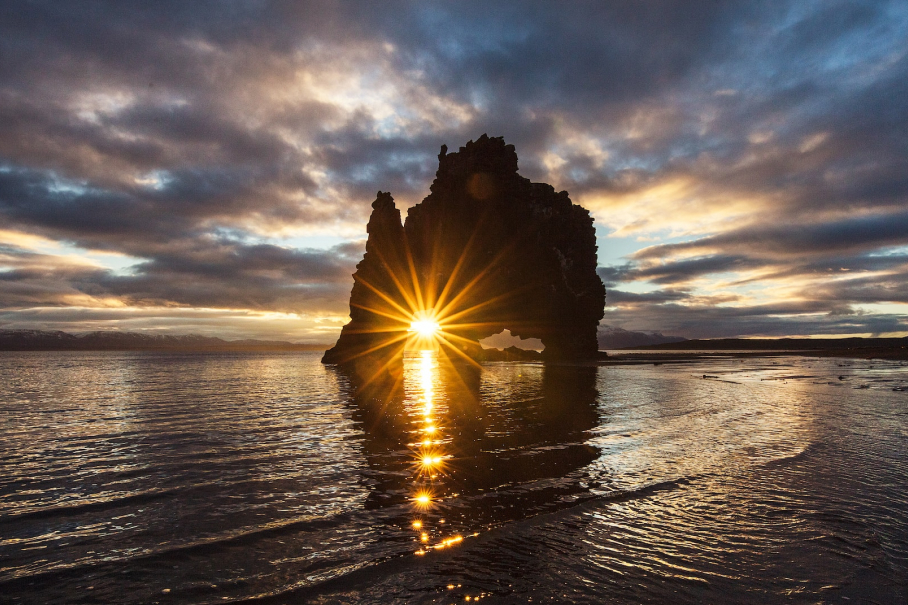
July in Iceland: Best Time to Camp in Iceland + Visit Highlands
July in Iceland is one of the busiest months of the year, and for good reason! Iceland in July offers prime conditions for outdoor enthusiasts. With average temperatures of 9-14°C (48-57°F) and up to 20 hours of daylight, it’s the warmest and brightest month to explore the country’s dramatic landscapes.
This extended daylight allows for extended Iceland hikes, camping adventures, and wildlife viewing opportunities. July is also one of the only months when the remote Iceland F-roads, which lead to isolated natural wonders within the Iceland Highlands, are accessible. However, tackling these rugged roads requires a sturdy 4×4 rental vehicle.
In July, visitors can experience traditional Icelandic music at the Siglufjörður Folk Music Festival, or heavy metal at the Eistnaflug festival. The National Icelandic Horse Competition showcases the unique gait of these prized animals, while the Medieval Days at Gásir provide a glimpse into Iceland’s historical past.
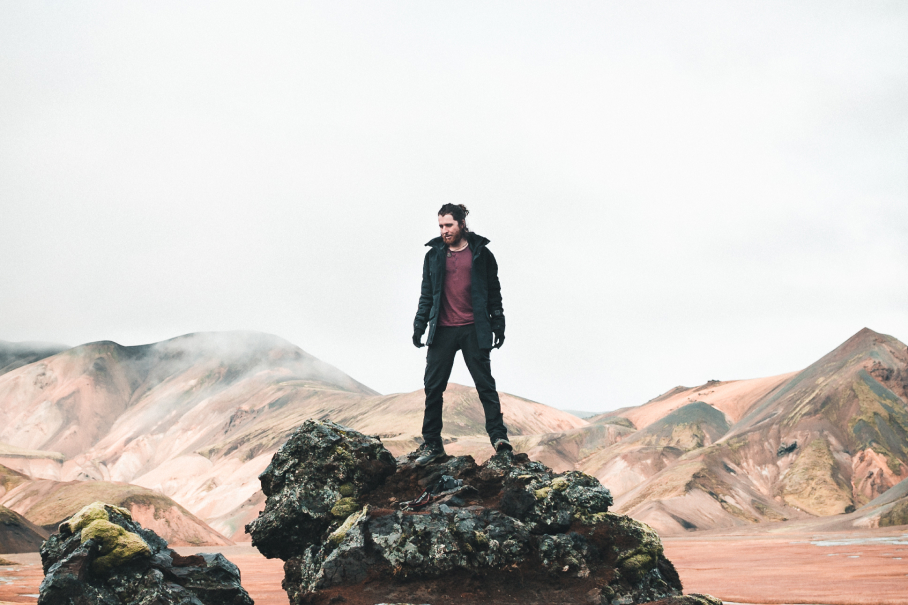
August in Iceland: Best for Summer Festivals and Ring Road Adventure
August in Iceland offers a sweet spot for travelers seeking comfortable exploration and a vibrant cultural scene. Average temperatures hover around 10-14°C (50-57°F) with extended daylight hours, roughly 16 per day. This allows for extended hikes, glacier walks, and wildlife-viewing excursions. August is peak tourist season, so be prepared for crowds, especially at popular attractions.
Make reservations for rentals, accommodations, and tours well in advance to ensure you aren’t disappointed. Consider the cost-saving benefits of traveling with companions, and explore hidden gems beyond the Golden Circle by discovering the beauty of the Iceland South Coast, Westfjords, and Westman Islands.
August explodes with cultural celebrations, including the opportunity to experience traditional music at the Þjóðhátíð festival or enjoy Reykjavik Culture Night’s artistic offerings. Foodies can indulge at the Great Fish Day in Dalvík.
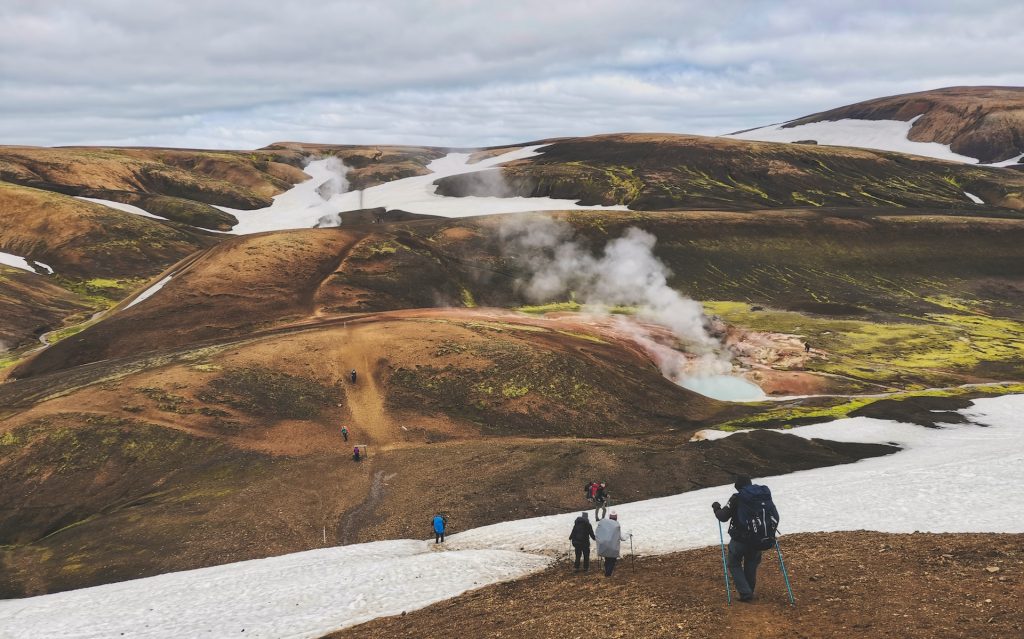
September in Iceland: See the Northern Lights in Mild Weather
Visiting Iceland in September offers a sweet spot between summer and fall. Average temperatures range from 8°C to 12°C (46°F to 54°F), with daylight hours around 12-14 per day, meaning there is the potential to see the northern lights during the night hours without having to brave freezing temperatures.
That said, the weather in September can be unpredictable, so make sure to pack layers. Hiking, whale watching, and visiting hot springs like the Blue Lagoon in Iceland are all great activities to take part in during the month.
Additionally, many events still take place in September. Delve into the world of cinema at the Reykjavik International Film Festival or witness the age-old tradition of sheep round-ups (Rettir).
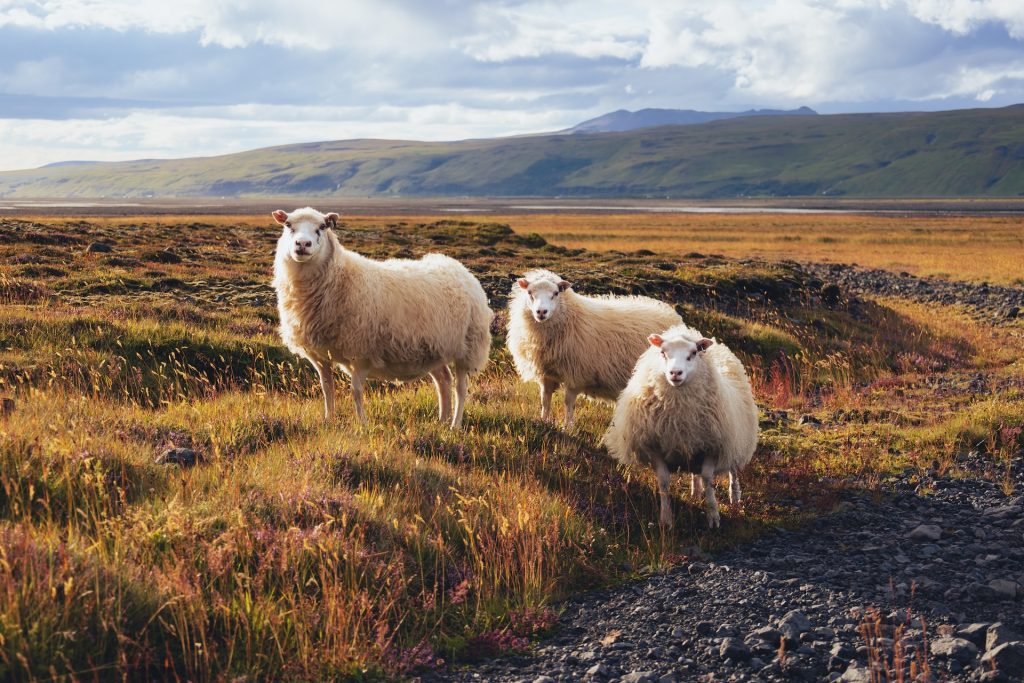
October in Iceland: Best to See the ‘Golden’ Autumn View of Iceland
Iceland in October is classified as part of the shoulder season. The summer crowds have departed, leading to decreased accommodation and Iceland flight prices. However, travelers should be prepared for unpredictable weather conditions as the dry summer months are over. Average temperatures range between 2°C (36°F) and 7°C (45°F), with daylight hours diminishing from 7.5 hours at the beginning of the month to 5 hours by the end.
Despite the cooler temperatures, October offers a variety of activities. Hikers can enjoy the colorful autumn foliage, with trails through national parks still accessible, while photographers can capture stunning landscape shots. Whale-watching tours remain operational, and glacier exploration is still possible throughout the month.
It’s also a great time to visit thermal pools. Visitors looking for events can attend the lighting ceremony of the Imagine Peace Tower or participate in the Reykjavik International Film Festival during the month.
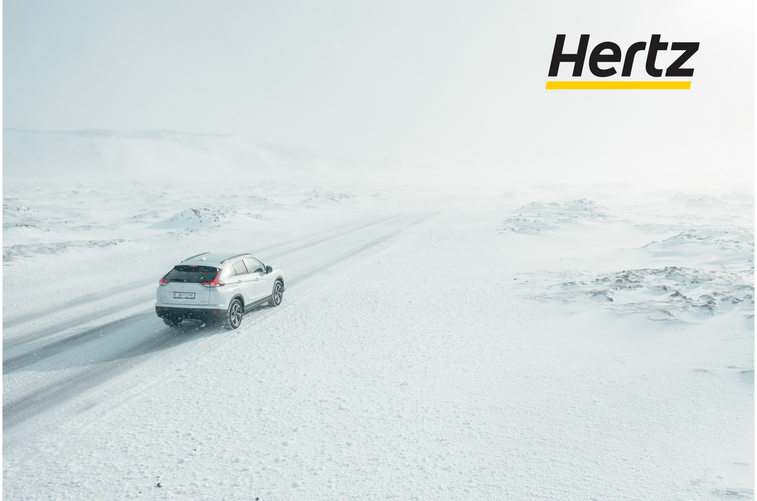
November in Iceland: Best to Travel Iceland Cheap
November in Iceland is one of the best months for budget-minded travelers to experience the country. Compared to peak summer season, flight and accommodation prices dip significantly. However, travelers should be prepared for winter conditions.
Average temperatures range from -2°C (28°F) to 4°C (40°F), with daylight hours rapidly decreasing to a mere 5 hours by the month’s end. Snowfall becomes more frequent, covering much of the landscape. Because of this, four-wheel drive vehicles are essential for safe travel, regardless of your itinerary.
With longer nights and increased chances of clear skies, November is a great time to see the aurora borealis. Winter also brings the opportunity to explore otherworldly ice caves in Iceland, as the ice solidifies and forms within the glaciers as the temperature drops. Additionally, thrill-seekers can book snowmobile adventures and glacier hikes while finishing off the day at one of Iceland’s geothermal pools. The Iceland Airwaves music festival is typically held in November as well, showcasing both local and international artists in Reykjavik.
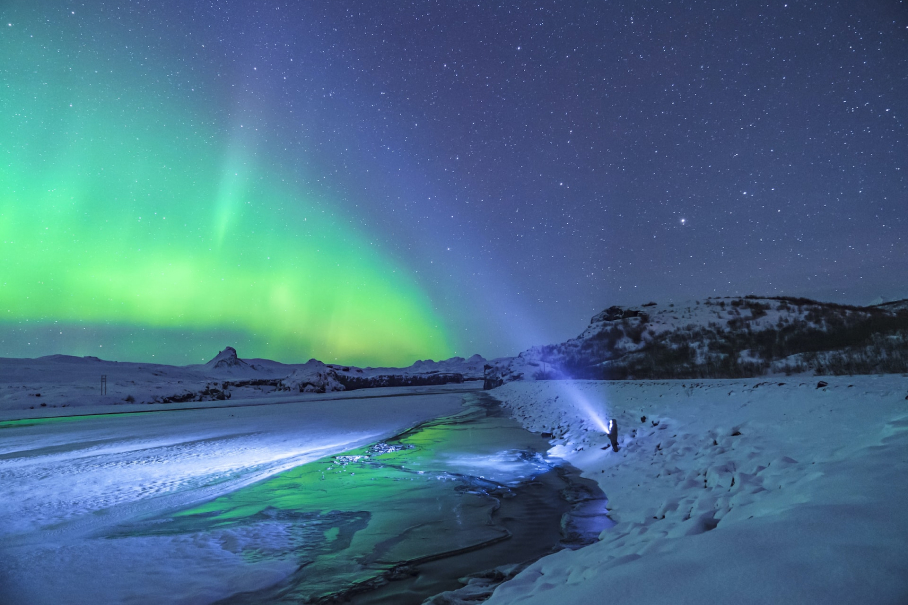
December in Iceland: Best for Feeling Christmas!
December in Iceland brings a festive atmosphere with Christmas celebrations throughout the country. While temperatures hover around freezing (between -2°C (28°F) and 4°C (39°F), and daylight shrinks to a mere 4 hours by month’s end, these conditions create the perfect environment for both northern lights displays and the exploration of ice caves and expanses of snow-covered terrain which are only seen during winter.
Keep in mind that certain areas of the country won’t be accessible during the winter months, such as the highlands, but there are still tons of things to see and do, with many visitors coming to the country to enjoy their holidays.
Embrace the spirit of the season by experiencing Icelandic Christmas traditions. Witness the lighting of the Oslo Christmas Tree in Reykjavik and learn about the Yule Lads, Iceland’s quirky take on Santa Claus. Then get ready to ring in the New Year by joining Reykjavik’s world-renowned fireworks displays, with the best views from Hallgrímskirkja church or Perlan.

Tips for Planning a Visit to Iceland
If you’re planning your Iceland adventure, regardless of the month, here’s a rundown of essential tips to ensure a smooth and unforgettable journey:
- Pack for all seasons
- Book early, especially in the summer
- Rent a car
- Be aware of the driving rules in Iceland
- Respect the environment
- Learn a few basic phrases in Icelandic language
- Keep an eye on weather forecasts and road conditions
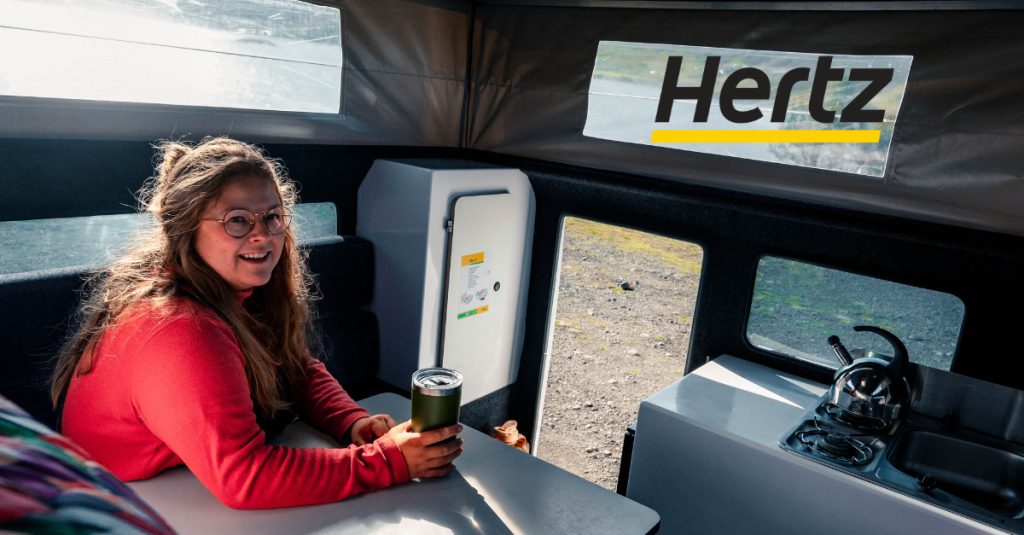
Pick the Best Time To Go To Iceland
With its ever-changing landscapes and diverse cultural offerings, Iceland is a destination worth visiting year-round. Whether you’re seeking the northern lights, the midnight sun, or the cultural charm of Icelandic festivals, there’s a perfect time to experience the magic of the country. Plan your trip strategically based on the preferences of your group, book your rental car online and in advance with Hertz Iceland, and get ready to embark on an unforgettable Icelandic adventure.

